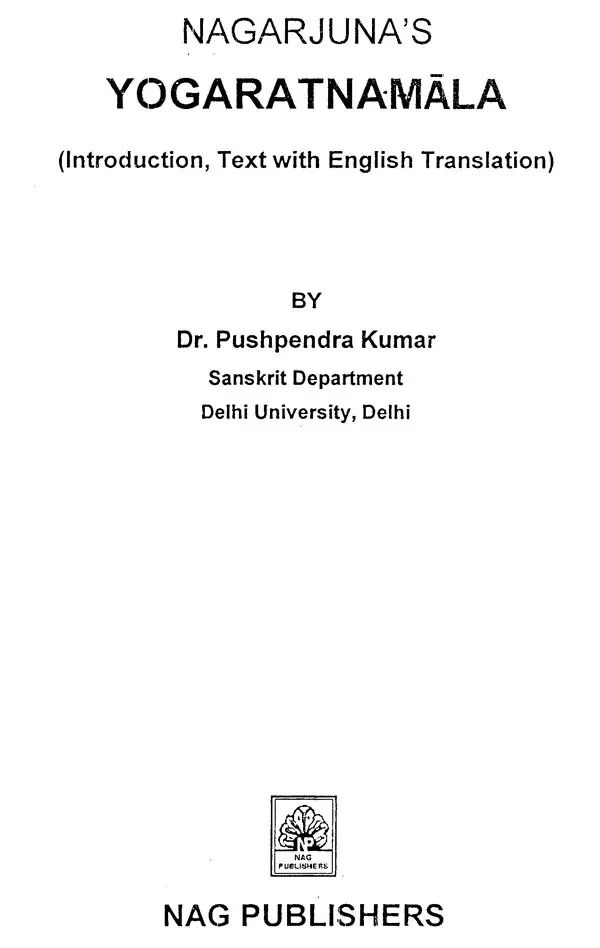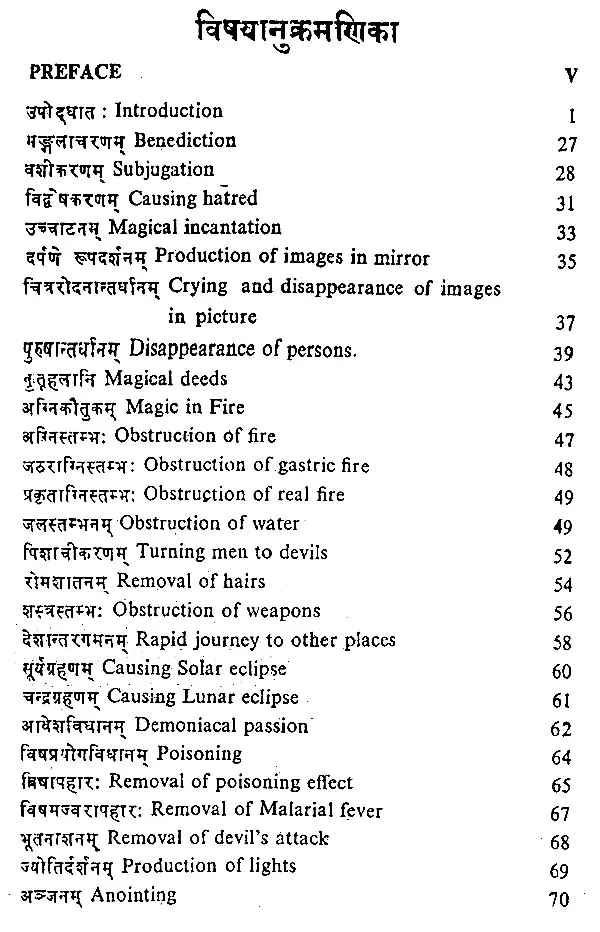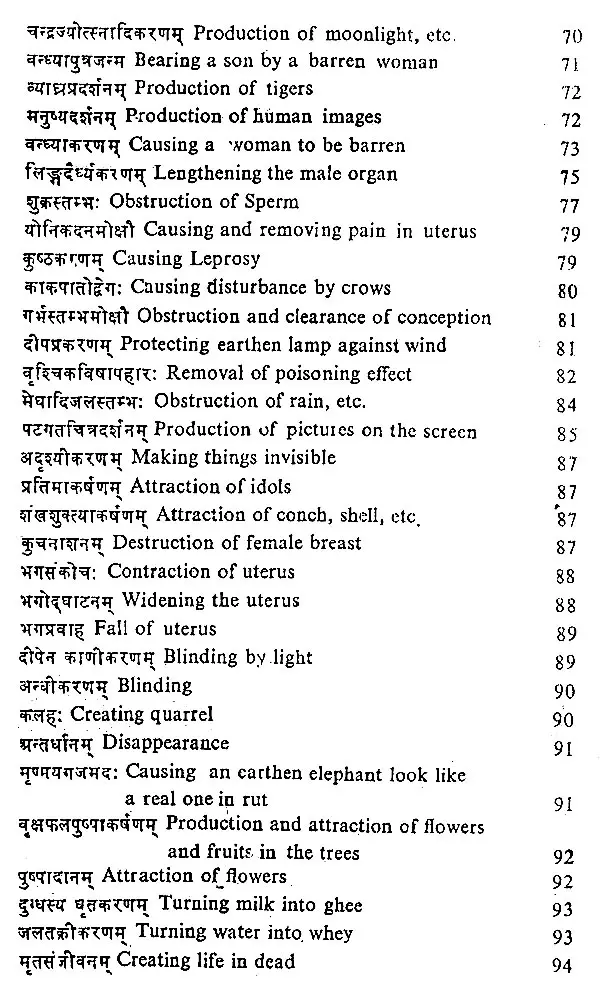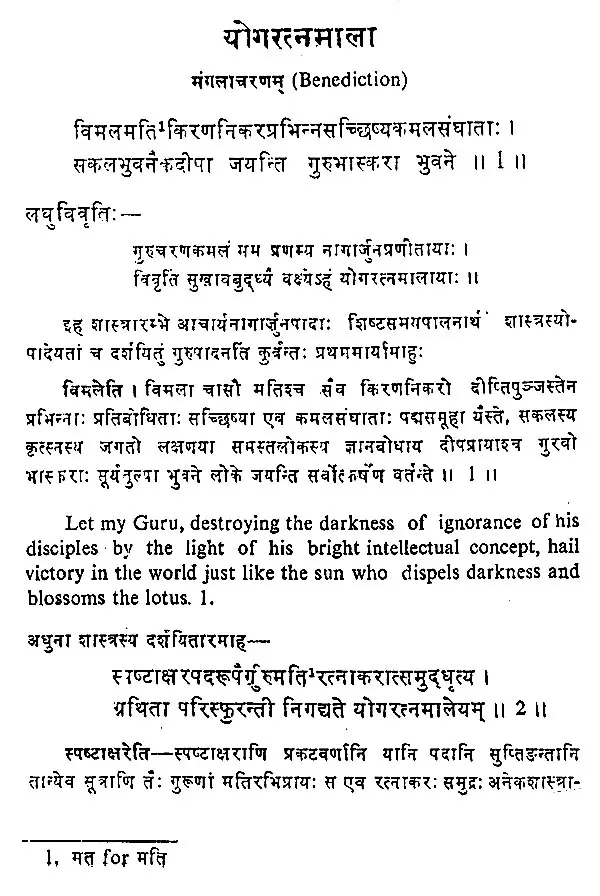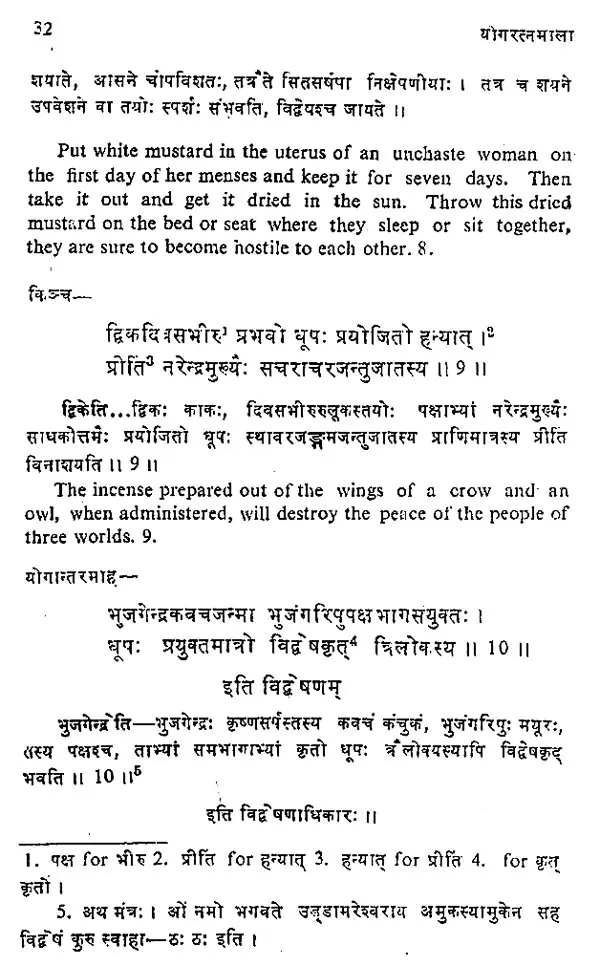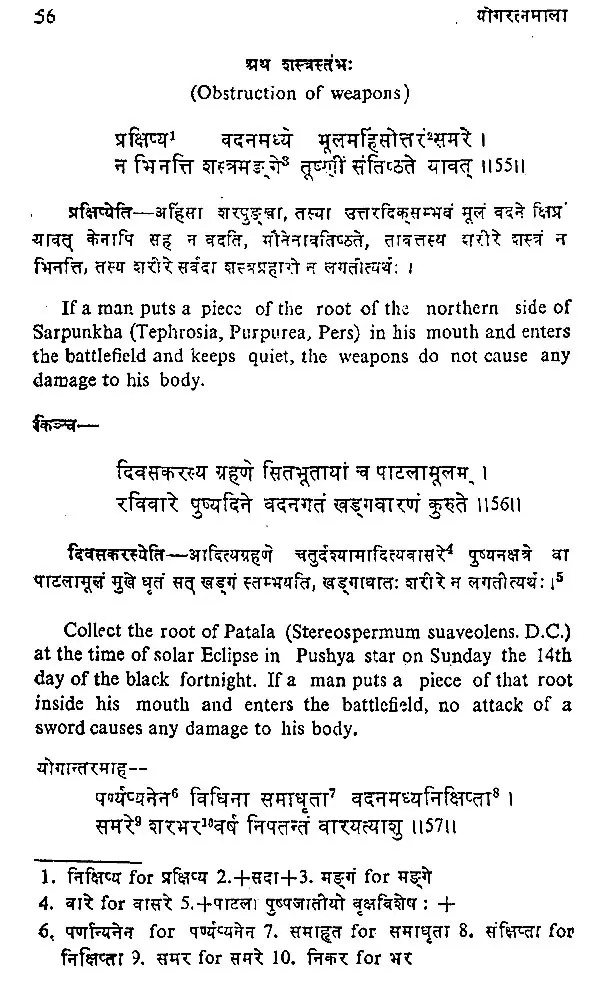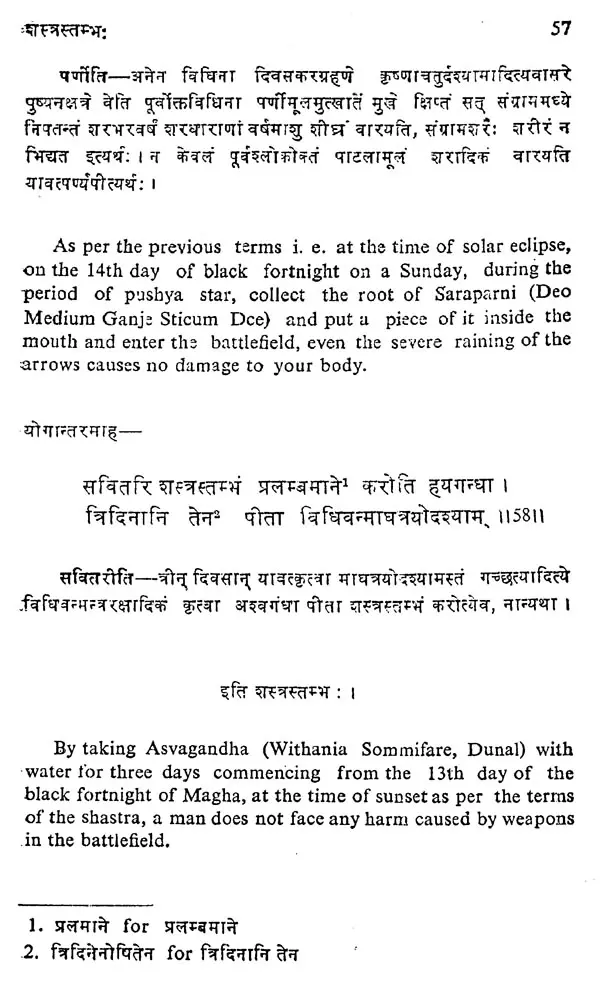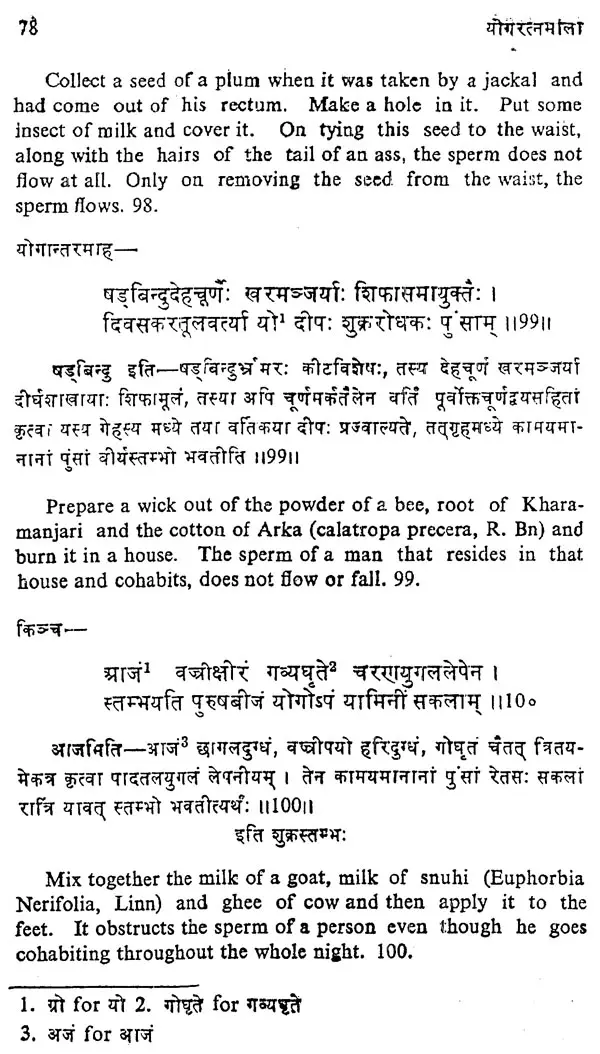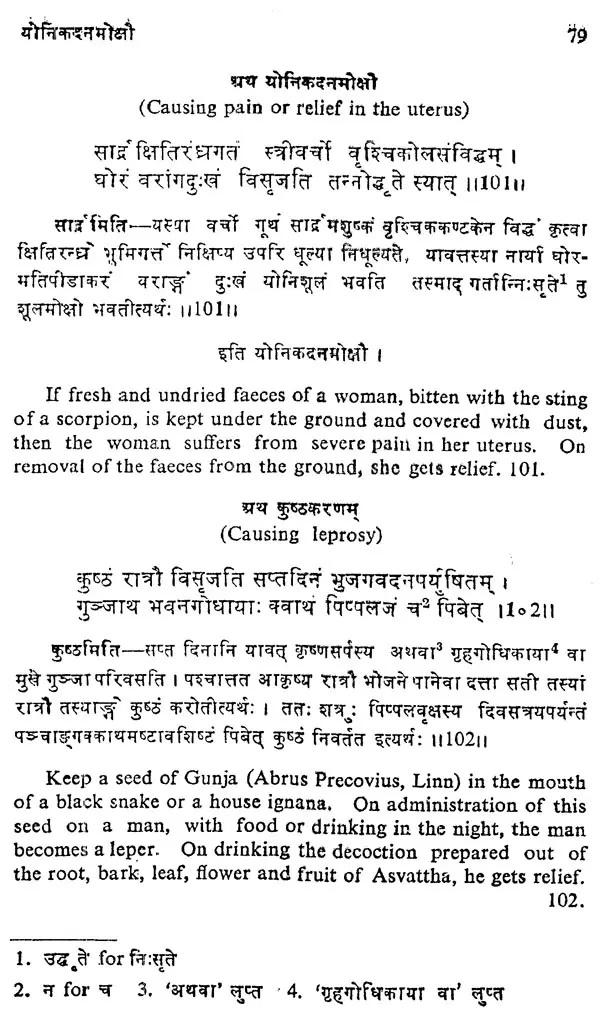
Nagarjuna's Yogaratnamala (Introduction, Text with English Translation)
Book Specification
| Item Code: | UAO228 |
| Author: | Pushpendra Kumar |
| Publisher: | NAG PUBLISHERS |
| Language: | Sanskrit Text with English Translation |
| Edition: | 2016 |
| ISBN: | 8170811090 |
| Pages: | 108 |
| Cover: | HARDCOVER |
| Other Details | 8.50 X 5.50 inch |
| Weight | 250 gm |
Book Description
About Nagarjuna, Dr. Raghu Vira has observed in the introduction of his 'Comprehensive English-Hindi Dictionary' as follows:
Nagarjuna is our first known alchemist whose work has survived to the present day. He belongs to the same age which produced the famous non-rusting iron pillar of Delhi bearing the inscription of an unidentified king Candra (the carbon con tent of iron is 0.5 per cent). In his work Nagarjuna covers the whole gamut of ancient alchemic process. He describes different types of crucibles and stills, cupellation, sublimateis, colouring and alloying of metals, extraction of copper from pyrites, use of metal oxides as medicines, etc., etc.
The earliest datable account of Nagarjuna is given by Kumarajiva in 405 A.D. Strange as it may seem it is preserved in China and not in India. According to him, Nagarjuna was born under the Arjuna tree, whence second part of his name. His instructions he obtained from the Nagas. Hence the name Nagarjuna. Literally naga means a serpent.
In Chinese he is known as Lung-shu or Lung-Meng. The Chinese traveller I-Tsing places Nagarjuna in the first century A. D. as the contemporary of king Kanishka, both of whom are said to have appeared four hundred years after the Nirvana of Buddha. Other Chinese sources of information are Guna bhadra, Bodhiruci and Siksananda.
Long accounts of Nagarjuna are available in Tibetan litera ture. There he is shrouded in legend and mystery. As a sorcer he is glorified in Grub-thob bragyad-cu-rtsa-bshihi ramthar and dpag-bsam-Gon-bxan of sum-pa-mkhanpo ye-ces dpal-bbyor. According to these he was born in the land of Vidarbha (modern Berar) as the son of wealthy Brahmin who had remained childless for many years. At an early age, at the suggestion of the High Priest Shri Saraha Bhadra of the University of Nalanda in Magadha, he entered the Buddhist order and specialised in all the sciences of his day.
Book's Contents and Sample Pages
